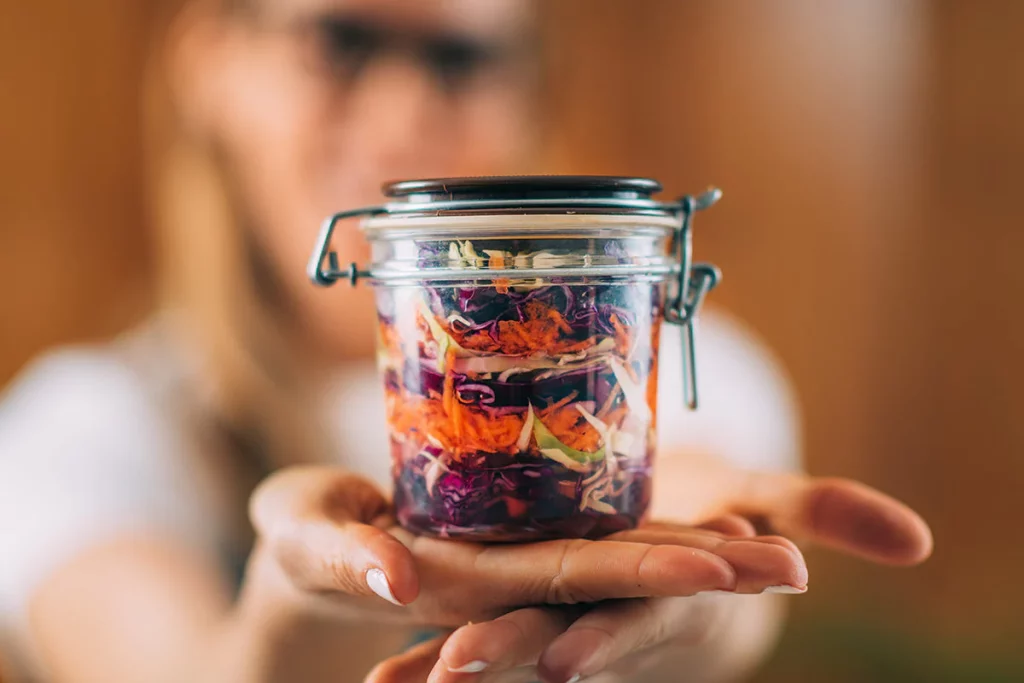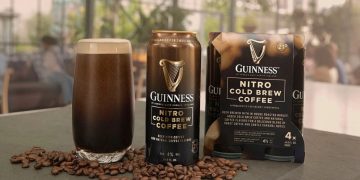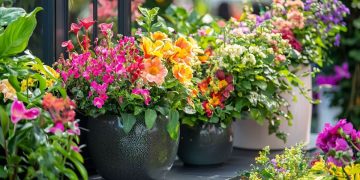Ancient Wisdom in a Jar: The Gut-Brain Connection Behind the Pickle Revival
For centuries, pickling was a culinary necessity—an age-old preservation technique used by nearly every civilization, from Korean kimchi to Indian achar and Eastern European sauerkraut. Today, this humble practice is making a nutritional comeback in an unexpected context: mental health. Leading nutritionists are increasingly revisiting ancient pickling methods not only for their probiotic content but for their implications on the gut-brain axis, a complex and rapidly emerging field in nutritional psychiatry. With scientific studies connecting gut microbiome diversity to mood regulation, anxiety levels, and even cognitive performance, traditional fermentation techniques are taking center stage as more than just a culinary trend—they’re becoming a tool for mental wellness.
The Gut-Brain Superhighway: How Ferments Affect Mood
The gut-brain axis refers to the bidirectional communication system linking the gastrointestinal tract and the central nervous system. Recent research has revealed that over 90% of the body’s serotonin—a neurotransmitter essential for mood stabilization—is produced in the gut. This discovery has prompted scientists to reconsider the role of gut bacteria in emotional health. Fermented foods like naturally pickled vegetables play a key role in maintaining a healthy microbiome, feeding beneficial bacteria such as Lactobacillus and Bifidobacterium, which have been shown to positively influence mood, stress resilience, and even inflammation markers tied to depression.
A 2022 meta-analysis published in Nutritional Neuroscience examined 11 randomized controlled trials and found that individuals who regularly consumed fermented foods experienced significant reductions in anxiety symptoms compared to those on standard diets. Another 2023 study from the University of Tokyo reported enhanced cognitive flexibility in adults who ate fermented vegetables at least five times per week. These findings support the idea that ancient pickling isn’t just preserving vegetables—it may also be preserving emotional balance.
Old Techniques, New Science: Why Ancient Methods Matter
Modern commercial pickling often involves vinegar-based brining and pasteurization, which kills off beneficial microbes. In contrast, traditional pickling relies on natural lacto-fermentation, where salt and anaerobic conditions allow naturally occurring bacteria to proliferate. It’s these live cultures that seem to offer the greatest benefit for gut health.
Nutritionists are now digging into historical food preparation texts, ethnographic records, and even indigenous foodways to relearn these probiotic-rich methods. Korean kimchi-making (gimjang), Japanese nukazuke (rice bran pickling), and Eastern European lacto-sauerkraut each use native microbiota, regional salts, and seasonal vegetables, offering unique microbial biodiversity that commercial methods can’t replicate.
What’s striking about many of these traditional methods is how intuitive and resource-efficient they are. No refrigeration. No high-tech equipment. Just salt, time, and attention to pH and temperature—factors that modern microbiome science now confirms are crucial to preserving beneficial bacterial strains.
From Cellar to Countertop: Adapting Fermentation to the Modern Kitchen
While ancient pickling required ceramic crocks buried underground or stored in cool root cellars, today’s kitchen scientists are finding ways to integrate these methods into modern lifestyles. Fermentation kits with airlocks, countertop crocks, and digital pH readers have made it easier than ever to safely experiment with live ferments at home.
Nutritionists often recommend starting with simple, low-risk ferments like cabbage sauerkraut, garlic honey, or radish water kimchi. These options are naturally antimicrobial and resilient against harmful mold or yeast contamination. Once foundational skills are mastered, pickling enthusiasts can move on to more complex recipes like fermented green tomatoes, carrot sticks with coriander, or turnips in turmeric brine.
For busy individuals, nutritionists suggest “batch fermenting” once a month—preparing several jars in one sitting to create a rotating stock of gut-supportive side dishes. Even just a tablespoon or two per meal can seed the gut with helpful microbes and enhance nutrient absorption from other foods.
Mindful Microbiology: Safety Considerations and Fermentation Hygiene
While home fermentation is generally safe, it’s not entirely risk-free. Nutritionists emphasize that awareness of hygiene and fermentation conditions is critical. The most important variables to monitor include:
- Salt concentration: A salt concentration of 2-3% creates an inhospitable environment for pathogenic bacteria while encouraging lactobacilli.
- Anaerobic conditions: Vegetables must remain submerged in brine to avoid mold and yeast contamination.
- Temperature: Most ferments thrive between 60–72°F (15–22°C). Too hot, and you risk spoilage; too cold, and the process slows significantly.
- Clean containers: Use sterilized jars and avoid touching the vegetables with unwashed hands or utensils.
Nutritionists are also advising clients with compromised immune systems, pregnancy, or histamine intolerance to consult with healthcare providers before diving into homemade ferments. While beneficial for most, fermented foods can occasionally exacerbate conditions like SIBO (small intestinal bacterial overgrowth) or mast cell activation.

Psychobiotics and the New Frontier of Food-Based Mood Medicine
The surge in interest around fermented foods has dovetailed with the rise of “psychobiotics”—live organisms that, when ingested in adequate amounts, confer mental health benefits. Traditional pickled foods, unlike commercial probiotic supplements, offer a broad spectrum of bacterial strains in their native food matrix, which may improve microbial survivability and integration into the host gut.
Research from King’s College London in 2024 found that fermented whole foods outperformed probiotic capsules in improving mood and decreasing cortisol levels after only three weeks. These findings are driving nutritionists to favor food-first approaches, using ancient pickling techniques as a form of personalized medicine that’s more sustainable and biologically complex than laboratory-created strains.
Reviving Rituals: The Emotional Benefits of Pickling Itself
Beyond the nutritional value, nutritionists are discovering that the act of pickling—cutting, salting, waiting—can itself be therapeutic. The process demands patience, mindfulness, and trust in natural cycles. In Japan, fermenting nukazuke involves daily stirring of the rice bran bed by hand, a meditative practice often passed down through generations. In many cultures, communal pickling events still serve as intergenerational bonding rituals.
Clinical dietitians working with anxious clients now recommend fermentation as a sensory-rich, hands-on ritual that encourages embodiment and presence. The transformation of raw vegetables into something sour, fizzy, and alive mirrors the inner changes clients often seek: slow, invisible growth that eventually yields resilience.
Future Trends: Fermented Mood Bars, Culinary Therapy, and the Microbiome Movement
Looking ahead, the reintegration of ancient pickling into wellness routines may become even more mainstream. Some nutrition-forward wellness centers now offer “ferment bars” where clients can taste different varieties of probiotic-rich vegetables while learning about their microbiome health. Culinary therapists are incorporating fermentation into recovery programs for disordered eating and trauma survivors, using the sensory process to rebuild healthy food relationships.
Apps are also emerging to help people track their fermentation progress, match brine compositions to their health needs, and log mood changes alongside dietary intake. The convergence of data science, food ritual, and ancient wisdom could position fermentation as a key player in the evolving field of food-based mental health support.
Conclusion: Why Pickling Is More Than Preservation—It’s Transformation
As more nutritionists dive into the historical and microbial depths of pickling, it’s becoming clear that this ancient practice offers more than extended shelf life. It offers a bridge between cultures, a reconnection with nature’s pace, and a practical tool for enhancing both gut health and emotional equilibrium.
Whether you’re slicing daikon in your apartment or submerging napa cabbage in a three-generation clay crock, you’re participating in something both old and remarkably modern. In an age of overstimulation and disconnection, the slow, sour, and bacterial world of fermentation might just offer a deeply human path back to mental and microbial harmony.










































